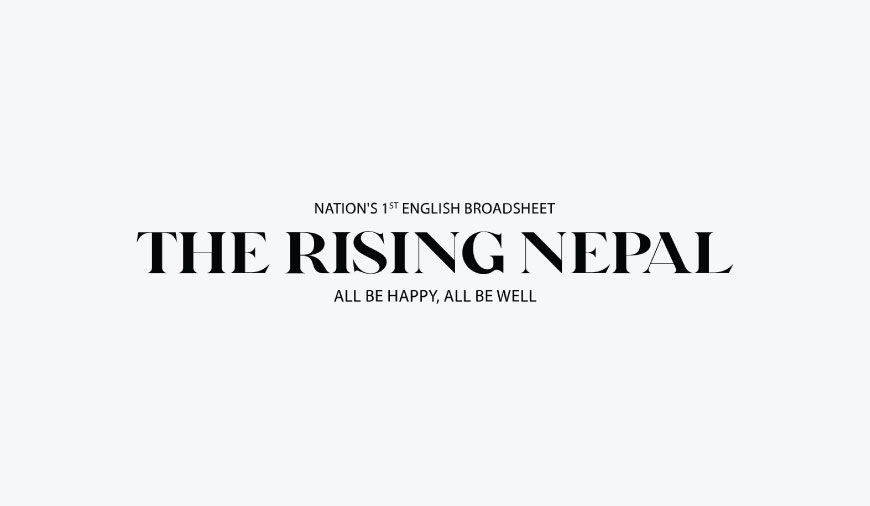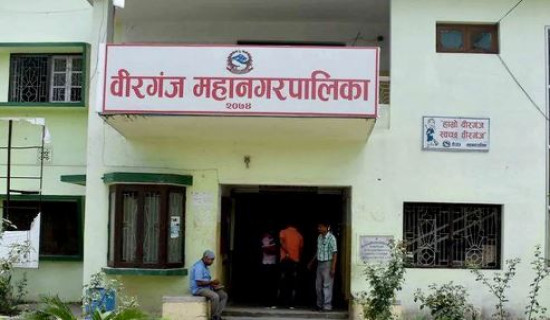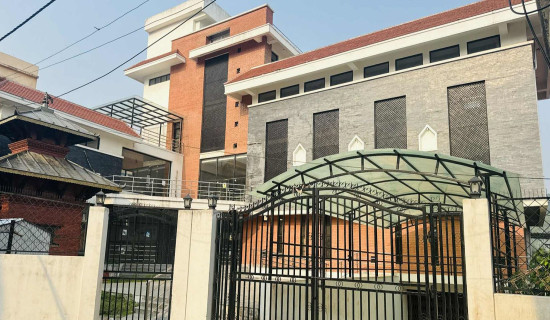- Tuesday, 24 June 2025
Craze Of A-Levels
Sonal Bashyal
Education, often considered as a mundane necessity with a humdrum of routines, can transform into an extraordinary journey brimming with excitement and boundless opportunity for growth with right mindset and approach. Every student can unlock their talent to make their life bright and successful. In recent years, the trend of Nepali students moving abroad for their higher education, career and job opportunity has increased dramatically.
Concurrently, to provide the opportunity for them to get world-class education in the comfort of one’s own homeland, A-level, an education programme of Cambridge International Board (CIB) was introduced for the first time in Nepal by Budhanilkantha School in 1985. It is considered equivalent to the SEE. It typically refers to advanced level qualifications in the British education system.
These qualifications are usually taken by students in the final two years of secondary school (around ages 16-18) and are widely recognised for university entrance in the UK and other countries like USA, Canada, Australia, New Zealand, India and many more. The dreams of Nepali students, which once used to be confined within a single state of Nepal or within the country itself, has profoundly made a break in the 21st century. The unceasing incentive from teachers and parents encourages students to pursue A-level.
Since they are governed by prestigious examination boards like Cambridge International Examinations (CIE), A-level offers a globally recognised qualification which allows Nepali students with dreams of studying abroad, especially in prestigious universities around the world, to serve as a stepping stone towards reaching their goals. This allows the students to carve out unique academic pathways that align with their future goals.
Many individuals aspire to distinguish themselves through their exceptional talents and wisdom in a crowd of people. A-level emphasises critical thinking, independent research, and analytical skills unlike the local educational system, which often focuses heavily on rote memorisation and standardized testing. Parents and students view A-level as a path way for personal development and academic success as it encourages objective thinking and is tremendously practical oriented. The course offers a wider range of subject choices, allowing students to specialise in subjects they are interested in or excel at. This flexibility is particularly appealing in a society and immensely helpful to students aiming to study aboard.
Pursuing A-level is often regarded as a symbol of excellence in the Nepali society, and is considered to enhance one’s status in the society. No wonder then that the students studying the Cambridge course get a chance to secure places at top universities with spectacular scholarship programmes. But here is also a downside: the constant pressure to get admitted into elite universities can takes a toll on students' mental and physical health, resulting in unpredicted academic grades. Although the A-level have immense positive aspects, it is crucial to acknowledge its financial drawbacks. The financial burden of A-level tuition fees and resources can be prohibitive for many families, widening the educational disparity between the affluent and the less privileged.
In conclusion, the A-level frenzy among Nepali students is shaped by a combination of factors, including the pursuit of international recognition, the perception of academic excellence, the desire for personal growth and the competitive nature of society. While it reflects the aspirations and ambitions of Nepali youth, it also highlights the need for a more inclusive and supportive educational environment that prioritises holistic development and well-being alongside academic achievement.

















